
Diabetes: Clinician's Desk Reference
Livrare gratis la comenzi peste 500 RON. Pentru celelalte comenzi livrarea este 20 RON.
Disponibilitate: La comanda in aproximativ 4 saptamani
Editura: CRC Press
Limba: Engleza
Nr. pagini: 258
Coperta: Paperback
Dimensiuni: 178 x 254 x 13 mm
An aparitie: 14 noi 2022
The book explains the underlying pathophysiology of the disease and covers in detail all its main forms and complications. Separate chapters consider the range of treatment options, together with summaries of key clinical trials. Coverage also includes epidemiology and classification, as well as diagnosis, screening, limiting risk, and other aspects of disease management and patient care. The book is illustrated throughout by explanatory diagrams, graphs, tables, and photos. Key Features: 1. Builds on its strength of having excellent content on long-term management of hyperglycemia by including pancreas and islet transplantation. 2. Contains invaluable information on glucose monitoring for healthcare professionals interested in diabetes.
Chapter 1 The nature of diabetes
What is diabetes?
Overview
Epidemiology
Definitions and classification
Forms of diabetes
Type 1 diabetes (see also Chapter 3)
Type 2 diabetes (see also Chapter 4)
Maturity onset diabetes of the young (MODY)
Gestational diabetes mellitus (GDM) (see also Chapter 16)
Neonatal diabetes
Secondary diabetes
Clinical presentations of diabetes
Complications of diabetes
Macrovascular complications (see also Chapter 6)
Microvascular complications
Acute metabolic complications
The cost of diabetes
Chapter 2 Glucose, insulin, and diabetes
The role and regulation of glucose
Glucose levels and diabetes
Normal glucose metabolism
Glucose transporters
The role and regulation of insulin
The structure of insulin
Normal insulin secretion and kinetics
The insulin receptor
The actions of insulin
Second messenger systems
Insulin-like growth factors (IGFs)
Abnormalities of insulin synthesis and secretion
Chapter 3 Type 1 diabetes
Epidemiology
Causes of type 1 diabetes
Prediction of type 1 diabetes
Genetic factors
Development of type 1 diabetes
Pancreatic β-cell dysfunction
Insulin resistance
Mortality
Screening for potential type 1 diabetes
Chapter 4 Type 2 diabetes
Epidemiology
Causes of type 2 diabetes
Environmental risk factors
Genetic factors
Associated conditions
Hyperinsulinemia and hyperglycemia
Hypertension
Abnormalities of lipid metabolism
Metabolic syndrome and obesity
Development of type 2 diabetes
Glucoregulatory defects in type 2 diabetes
Pancreatic β-cell deficiency
Insulin resistance
Incretin hormones
The role of amylin
Glucotoxicity and lipotoxicity
Glucotoxicity
Lipotoxicity
Screening and prevention
Type 2 diabetes prevention studies
Chapter 5 Diabetes screening and patient care
Management overview
Risk factors
Annual examination
Screening for complications
Eyes
Kidneys
Feet
Erectile dysfunction
Vascular disease
Treating children
Types of childhood diabetes
Management of young patients
The elderly person with diabetes
Management of elderly patients
Avoidance of hypoglycemia
Ethnic minorities
Ramadan and dietary preferences
Patient education and community care
Living with diabetes
Employment
Finance
Sport
Holidays and travel
Driving
Chapter 6 Diabetes and vascular disease
Macrovascular disease
Pathogenesis of macrovascular complications
Treatment and management principles for macrovascular disease
General principles
Glucose control
Glucose-lowering drugs and cardiovascular disease
Lipid-lowering drugs
Revascularization procedures
Microvascular disease
Pathogenesis of microvascular complications
Hyperglycemia
High intracellular glucose
Advanced glycation end products
Reactive oxygen species
Sorbitol accumulation
Activation of protein kinase C-beta
Hemodynamic changes
Treatment and management principles for microvascular disease
Reducing the risk of vascular disease
Obesity and sedentary lifestyle
Hypertension
Dyslipidemia
Smoking
Hyperglycemia
Antithrombotic agents
Chapter 7 Diabetic neuropathy
Prevalence and classification
Diagnosis
Chronic sensory polyneuropathy
Acute sensory neuropathy
Acute motor neuropathy
Autonomic neuropathy
Cardiovascular system
Gastrointestinal tract
Bladder involvement
Erectile dysfunction
Neuroendocrine disturbances
Sudomotor dysfunction
Pupillary effects
Treatment and management
Acute sensory neuropathies
Focal sensory mononeuropathies
Acute motor neuropathies
Autonomic neuropathy
Chapter 8 Diabetic eye disease
Overview
Natural history
Nonproliferative diabetic retinopathy
Proliferative diabetic retinopathy
Diabetic maculopathy
Cataracts
Glaucoma
Ocular nerve palsies
Treatment and management
Diabetic maculopathy
Cataracts
Glaucoma
Chapter 9 Diabetic kidney disease
Overview
Natural history
Stage 1: Functional changes
Stage 2: Structural changes
Stage 3: Microalbuminuria
Stage 4: Overt clinical nephropathy
Stage 5: End-stage renal disease
Diagnosis of nephropathy
Urinary tract infections
Treatment and management
General therapy
Blood glucose
Newer glucose-lowering drugs in diabetic kidney disease
Blood pressure
Lipids
Smoking
Protein restriction
Renal replacement therapy
Peritoneal dialysis
Hemodialysis
Transplantation
Pancreas transplant or islet cell implantation
Chapter 10 Skin and musculoskeletal complications of diabetes
Skin manifestations of diabetes
Overview
Conditions seen with insulin resistance
Conditions mainly associated with type 1 diabetes
Other conditions associated with diabetes
Conditions associated with diabetes medications
Musculoskeletal conditions associated with diabetes
Overview
Conditions of the hand
Conditions of the joints
Conditions of the muscles
Conditions of the skeleton
Diabetic foot
Overview
Pathophysiology and risk factors
Neuropathy
Peripheral arterial disease
Infection
Pressure
Clinical presentation and evaluation
Treatment and management
The wound environment
Charcot’s arthropathy
Chapter 11 Infections and diabetes
Overview
Pathophysiology
Change in innate immunity
Change in adaptive immunity
Infections
Head and neck infections
Respiratory Infections
Gastrointestinal and Liver Infections
Skin and soft tissue infections
Genitourinary infections
The impact of SGLT2 inhibitors
COVID-19 and diabetes
Overview
Mechanisms for Infection and Severe Disease
Impact of therapy
Glycemic control and infection outcomes
Chapter 12 Severe diabetic metabolic disturbances
Diabetic ketoacidosis
Pathogenesis
Clinical features
Investigations
Acute management
Subsequent management
Hyperosmolar hyperglycemic state or hyperosmolar nonketotic state
Clinical features
Investigations
Complications
Treatment
Prognosis
Brittle diabetes mellitus
Recurrent ketoacidosis
Lactic acidosis
Chapter 13 Long-term management of hyperglycemia
Overview
Targets of treatment
Dietary management
Calorie intake
Carbohydrates
Fats
Protein
Prescribing a diet
Exercise
Remission of type 2 diabetes
Dietary intervention
Bariatric surgery
Chapter 14 Noninsulin therapies
Overview
Oral agents
Metformin
Sulfonylureas
Glinides
Thiazolidinediones
TZDs and cardiovascular disease
Alpha-glucosidase inhibitors
Dipeptidyl peptidase-4 inhibitors
Oral glucagon-like peptide 1 (GLP-1) agonist
Sodium–glucose linked transporter 2 or sodium-glucose cotransporter 2 (SGLT2) inhibitors
Other oral antidiabetes agents
Bromocriptine
Non-insulin injections
Glucagon-like peptide 1 (GLP-1) analogs
Combined GLP-1 and GIP agonist
Pramlintide
Chapter 15 Insulin treatment and pancreatic/islet cell transplantation
Overview
Indications for insulin treatment
Classes of insulin
Regular insulin
Rapid-acting insulin
Ultrarapid-acting insulin
Intermediate-acting insulin
Regular U500 insulin
Long-acting insulin
Ultralong-acting insulin
Insulin delivery systems
Insulins are still largely delivered via subcutaneous injections
Implantable insulin pump
Continuous subcutaneous insulin infusion or (external) insulin pumps
Insulin regimen: type 1 diabetes
Multiple daily injections
Continuous subcutaneous insulin infusion: insulin pump treatment
Conventional pumps
Sensor-augmented and hybrid closed loop pumps
Patch pumps
Continuous glucose monitors (CGMs)
Insulin regimen: type 2 diabetes
General considerations
Basal insulin
Mealtime insulin
Premixed insulin
Metabolic instability on insulin
Complications: hypoglycemia
Hypoglycemic unawareness
Nocturnal hypoglycemia
Recurrent severe hypoglycemia
Treating hypoglycemia
Mild hypoglycemia
Severe hypoglycemia
Preventing hypoglycemia
Other complications or adverse effects from insulin treatment
Pancreas transplantation
Overview and background
Criteria for pancreas transplant
Types of pancreas transplant
Outcomes after pancreas transplant
Impact on microvascular and macrovascular complications
Islet cell transplant
Donor islet cell transplantation
Autologous islet cell transplantation
Chapter 16 Special management considerations
Inpatient diabetes considerations
Diabetes and surgery
Major surgery
Minor surgery
Surgery and blood pressure
Conception, contraception, and pregnancy
Contraception and diabetes
Glucose monitoring and glycemic goals in pregnancy
Type 1 diabetes patients
Type 2 diabetes patients
Risks to the mother with diabetes
Gestational diabetes mellitus (GDM)
Labor and delivery
Neonatal problems
References
Resources: Research and support organizations
Glossary
Index
| An aparitie | 14 noi 2022 |
| Autor | M. Cecilia Lansang, Richard David Leslie, Tahseen A. Chowdhury, Keren Zhou |
| Dimensiuni | 178 x 254 x 13 mm |
| Editura | CRC Press |
| Format | Paperback |
| ISBN | 9781032146454 |
| Limba | Engleza |
| Nr pag | 258 |

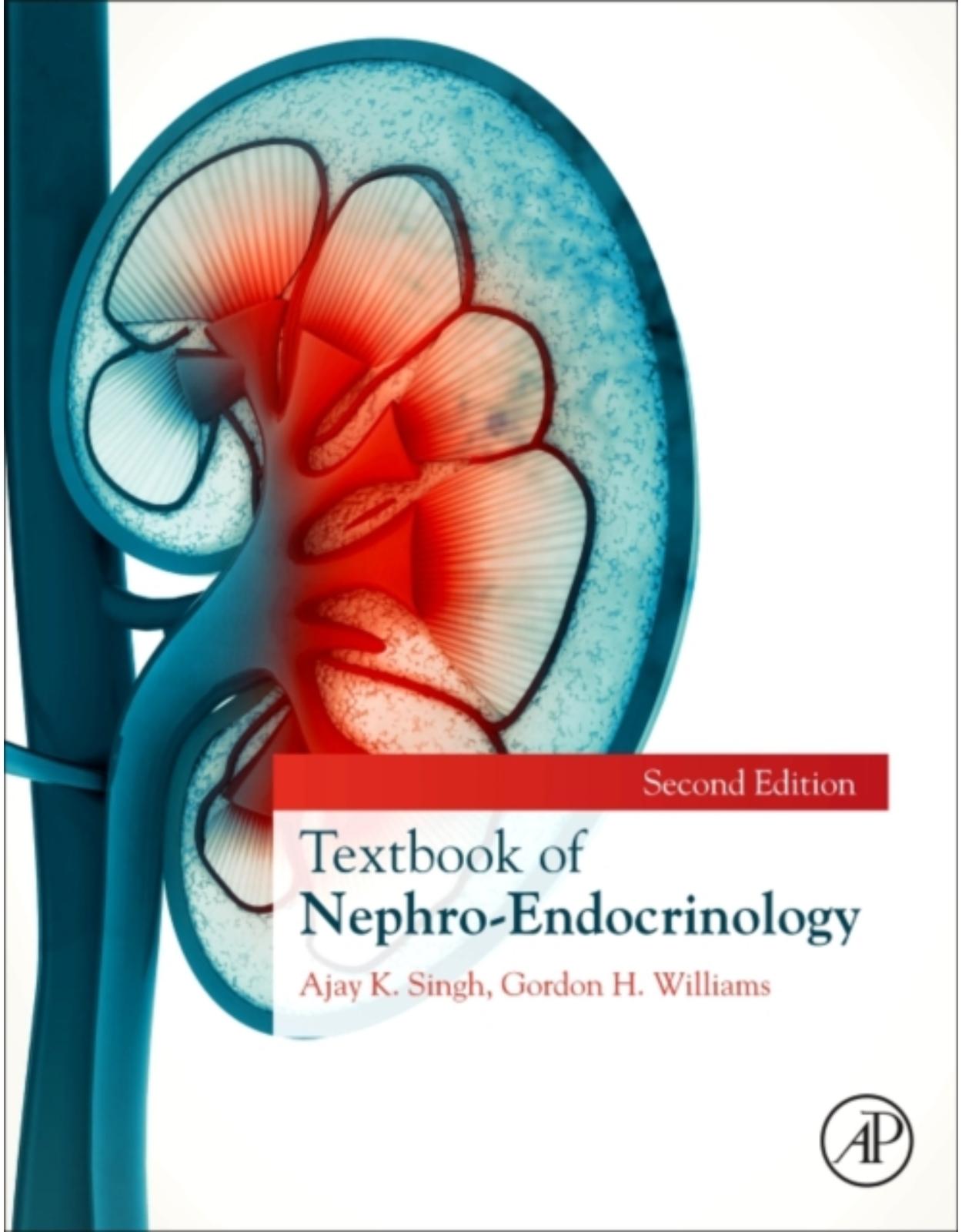
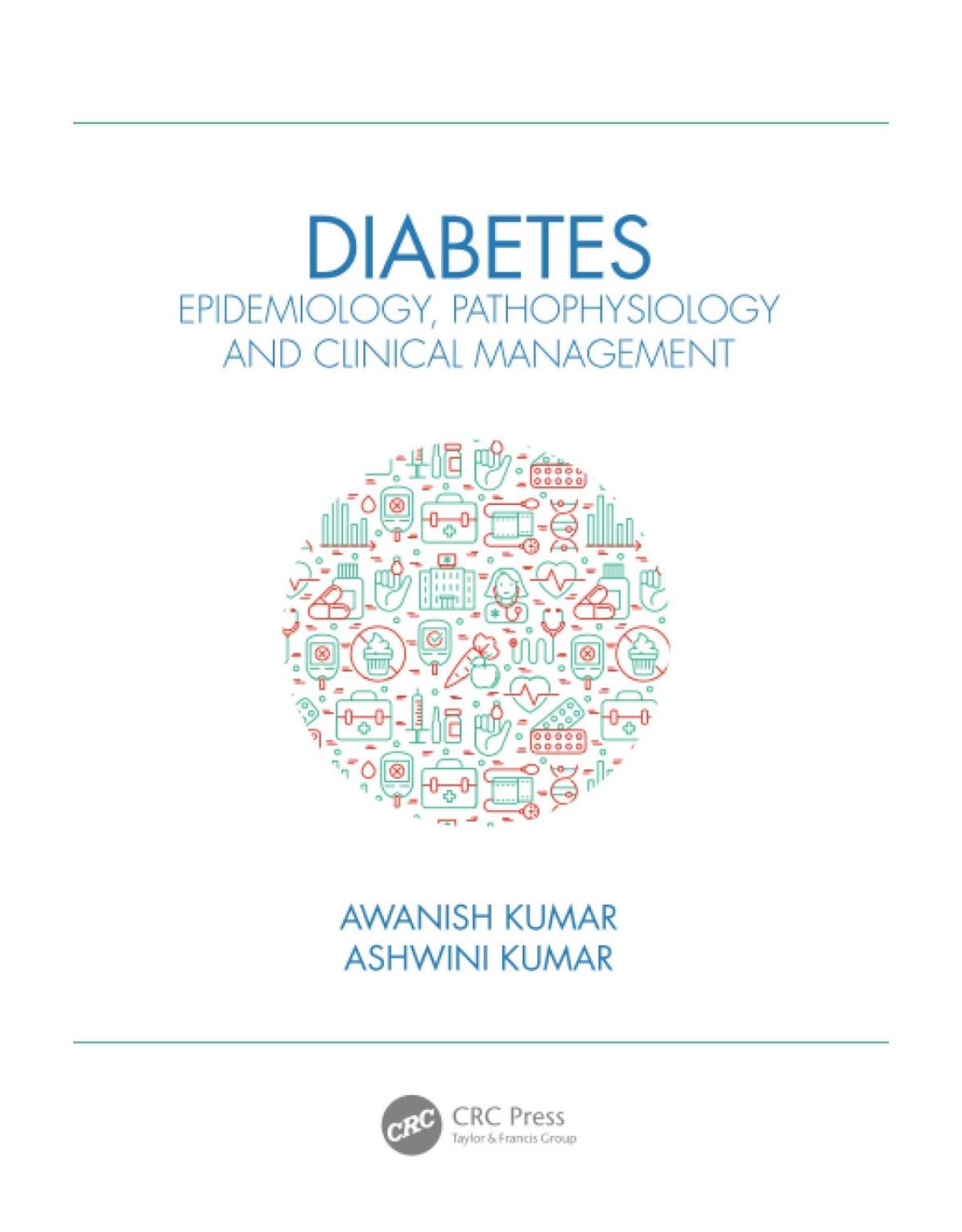


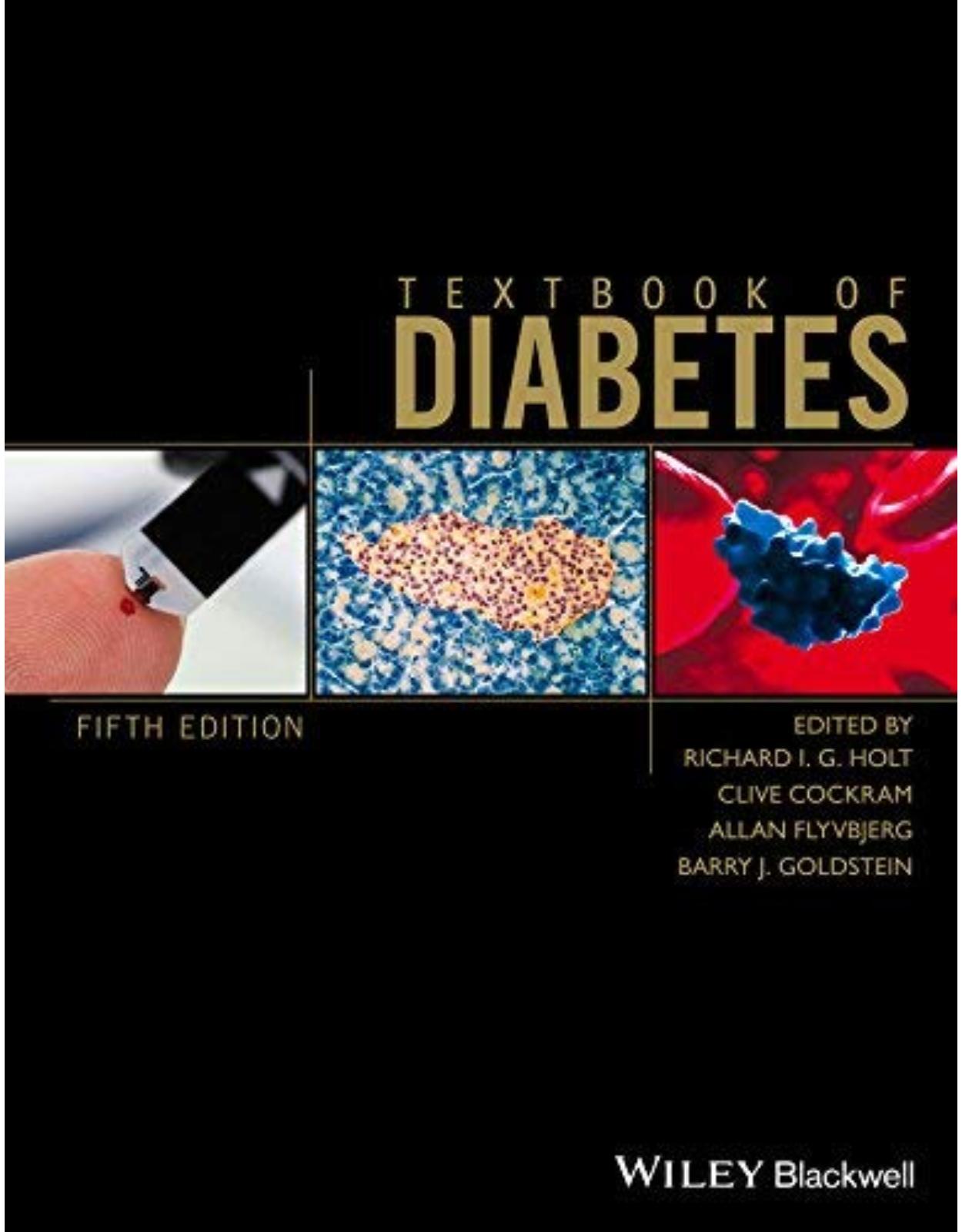
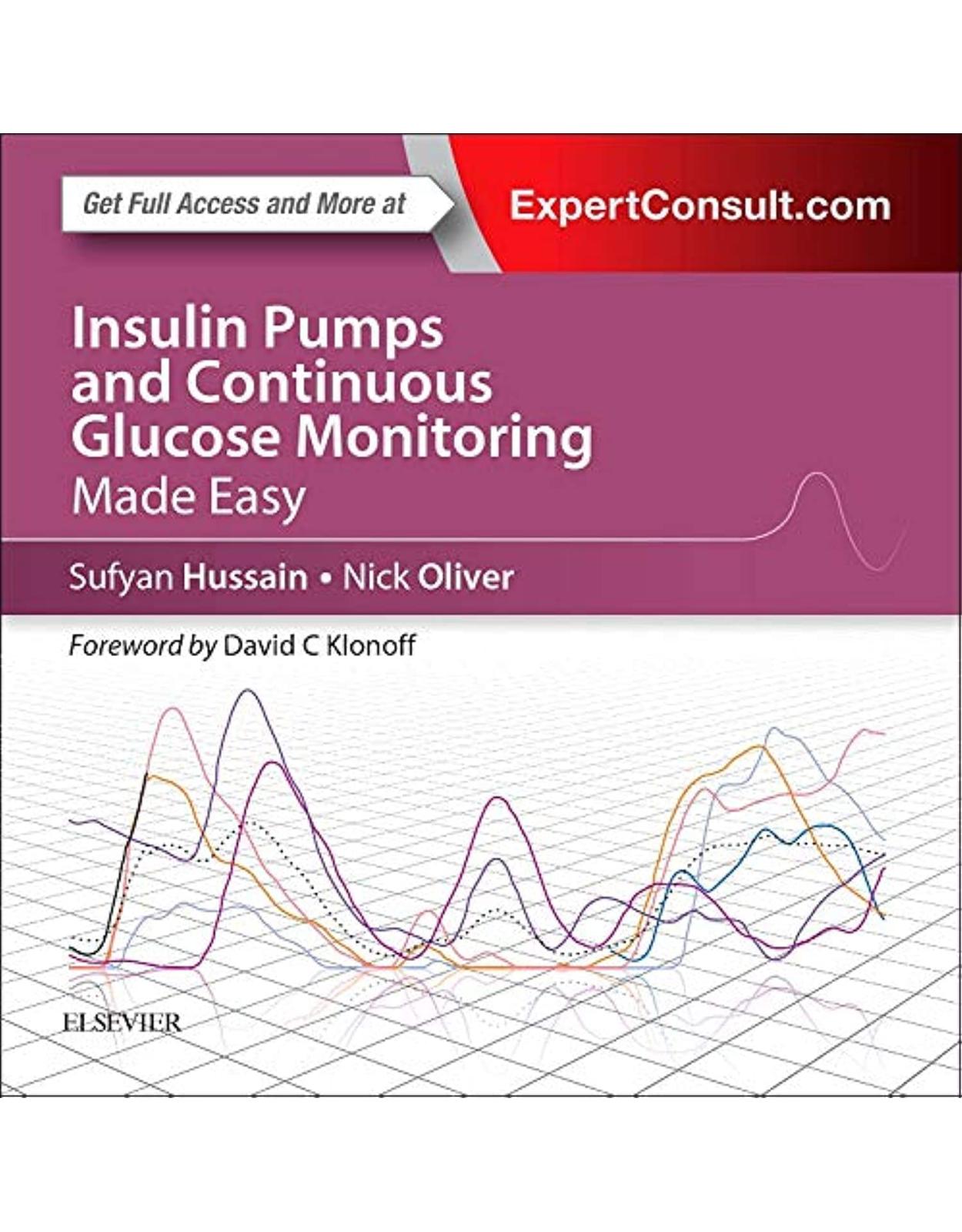



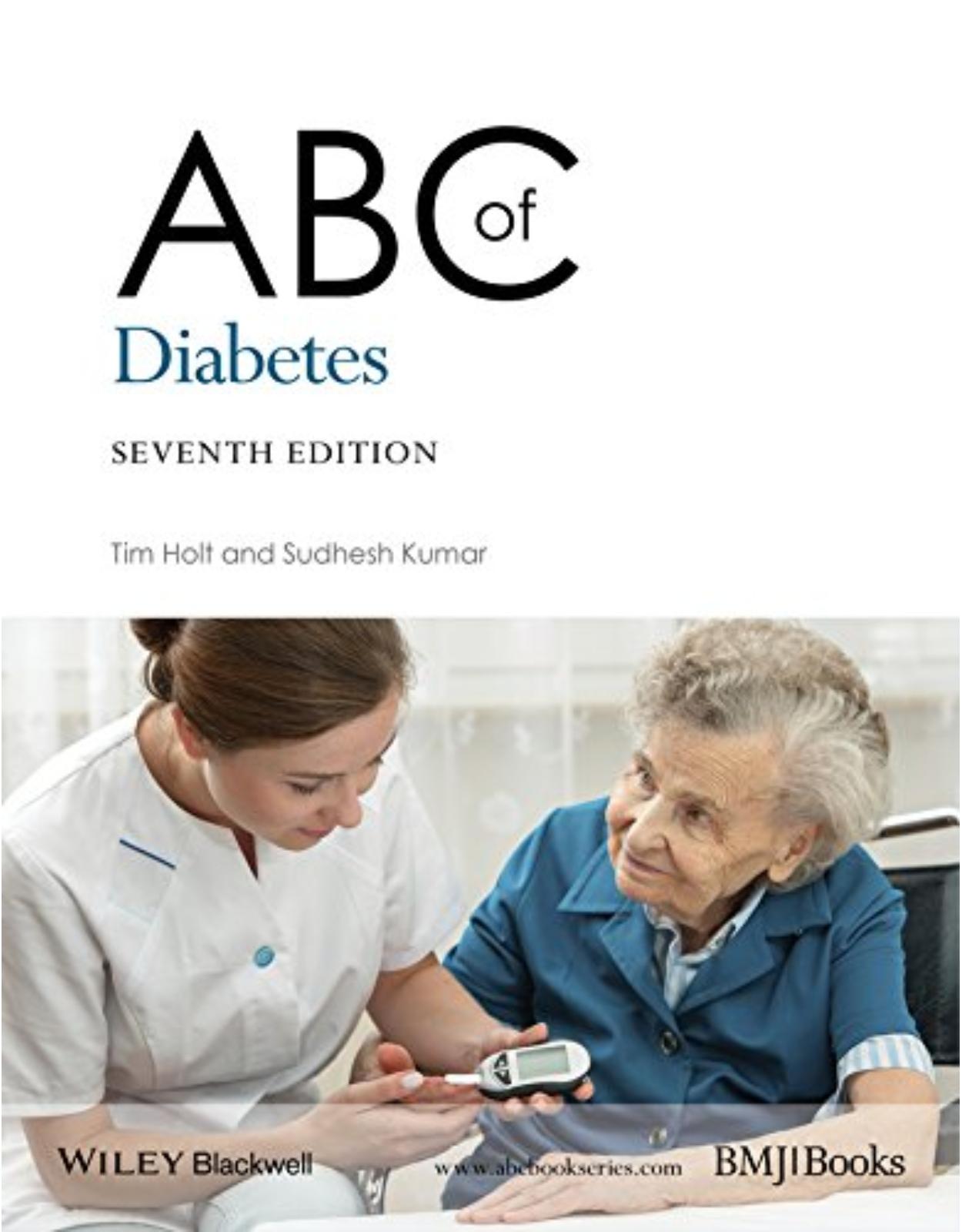
Clientii ebookshop.ro nu au adaugat inca opinii pentru acest produs. Fii primul care adauga o parere, folosind formularul de mai jos.